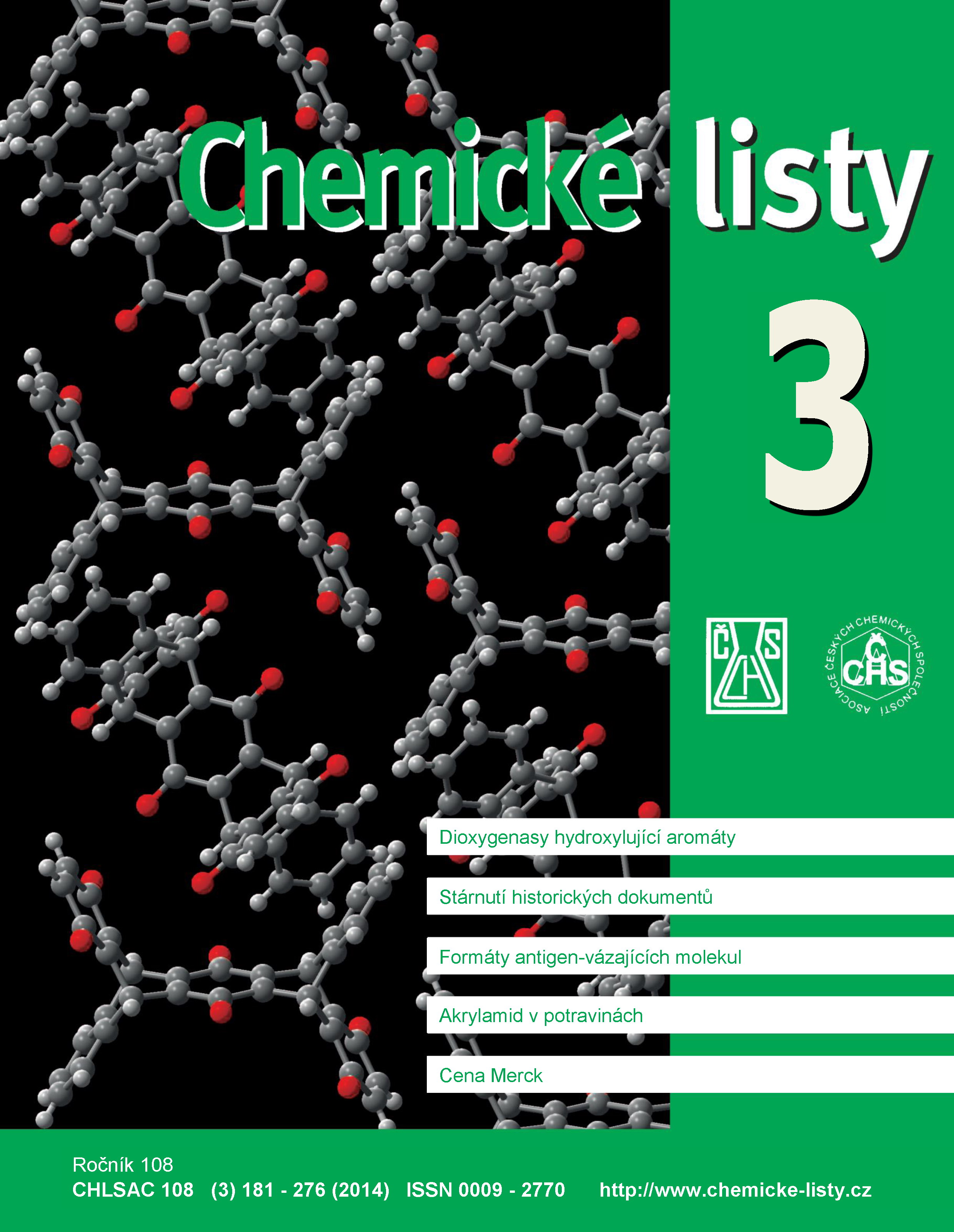Speciation Analysis of Selenium in the Defatted Rapeseed Meal
Keywords:
selenium, speciation analysis, rapeseed mealAbstract
Se is an essential element. Scarce Se contents in food can be remedied by supplementing Se in food and feed Se. Oilseed rape is a suitable source of Se. The aim of our work was optimization and verification of monitoring Se speciation in plant materials. The methodology included the release of Se compounds using a non-specific protease, separation of Se species by reverse phase chromatography. The limit of detection ranged between 0.06–0.13 µg L–1 Se and the limit of determination between 0.19 and 0.43 µg L–1 Se depending on the Se specie. The linearity of calibration was confirmed in the range corresponding to 0–40 µg L–1 Se for each analyzed species. However, only selenate solution was used for final quantification. The method was applied to the samples of the defatted rapeseed meal of the two plant varieties of rapeseed (Sitro, NK Oktans), which were sprayed with a Na2SeO3 solution. The conversion of selenite mainly to selenomethionine was confirmed.





